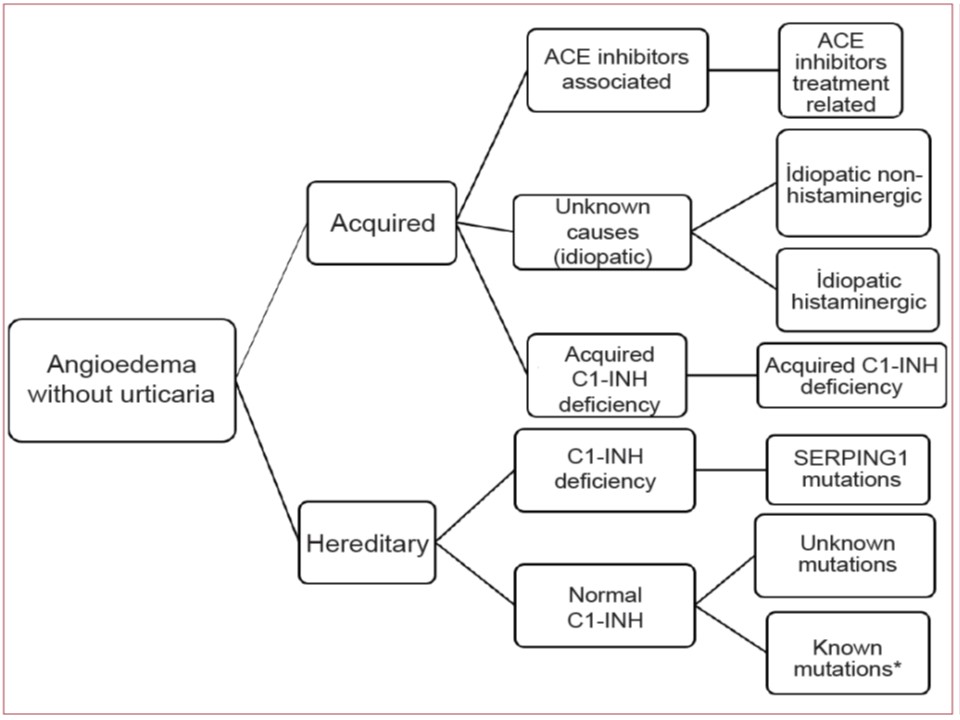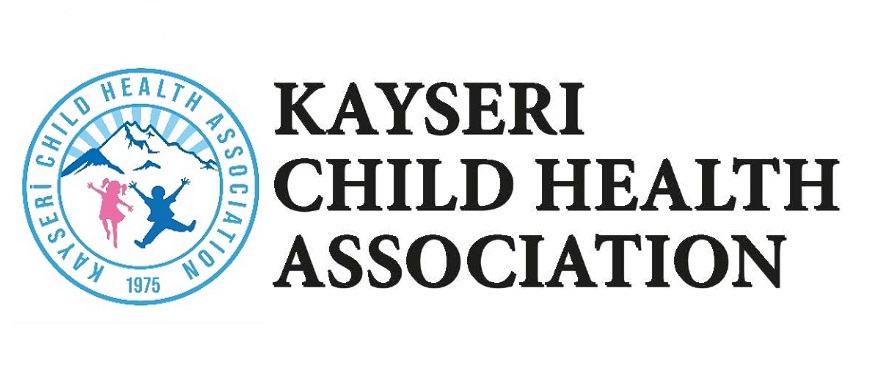Hereditary Angioedema: Diagnosis, Management, Current State of Art and Advances
Hereditary Angioedema: diagnosis, management, current State of art and advances
DOI:
https://doi.org/10.51271/jpea-2022-164Keywords:
Hereditary angioedema, C1-inhibitory protein, C1-INH replacement, bradykinin, plasma kallikrein, lanadelumabAbstract
Abstract
Hereditary angioedema (HAE) is a rare, mostly inherited disorder however 25% of patients have de novo mutations. Although it’s rarity, it can be life threatening due to laryngeal involvement. Along with understanding the basis of swelling, several new treatment options aside from C1-inhibitory protein (C1-INH) replacement have been developed and are avaible on the markets. However the avaibility of approved drugs for attacks of HAE varies world wide. Treatment management requires angioedema attacks treatment, pre-procedural treatment and long term prophylaxis (LTP). C1-INH which was firstly developed and approved for on-demand treatment, pre-procedural treatment and LTP by iv route, nowadays for LTP, other developed and approved options are used by orally and sc route. Despite the new developing medications, permanent treatment such as gene therapy is needed.

Downloads
Published
How to Cite
Issue
Section
License
Copyright (c) 2022 The Journal of Pediatric Academy

This work is licensed under a Creative Commons Attribution-NonCommercial-NoDerivatives 4.0 International License.








